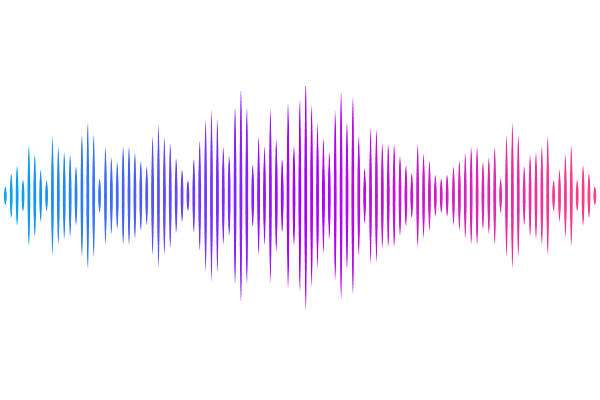Differences in milk microbiota between healthy cows and cows with recurring Klebsiella mastitis

Differences in milk microbiota between healthy cows and cows with recurring Klebsiella mastitis
Yang, J.; Wu, N.; Xiong, Y.; Nobrega, D.; Barkema, H.; Han, B.; Gao, J.
AbstractKlebsiella spp. infections continue to have a significant economic impact on the dairy industry, being an important cause of severe clinical mastitis, recurrent infections, and demonstrating poor response to antimicrobials. It is, therefore, essential to investigate the underlying causes of Klebsiella spp. infections. Here we used high-throughput DNA sequencing to characterize the milk microbiota of healthy dairy cows (HDC) and cows with history of recurrent Klebsiella mastitis (KLB). Our goal was to identify potential pathogenic genera associated with recurrent Klebsiella infections in cows. The relative abundance of Firmicutes and Faecalibacterium was greater in the KLB group than in the HDC group. In contrast, Proteobacteria and Labrenzia were less abundant than in the HDC group. Although the species distributions differed between groups, diversity and abundance of communities were comparable. Notably, genera of increased occurrence in the KLB group were mostly intestinal-associated, which suggests that cows in the KLB group resided in a contaminated environment or had increased teat-end exposure to fecal bacteria. We did not detect major differences in microbiota among quarters, and also between fore-strip milk and milk collected after fore-stripping. Conversely, milk of heifers had increased alpha diversity in comparison to milk of multiparous cows.